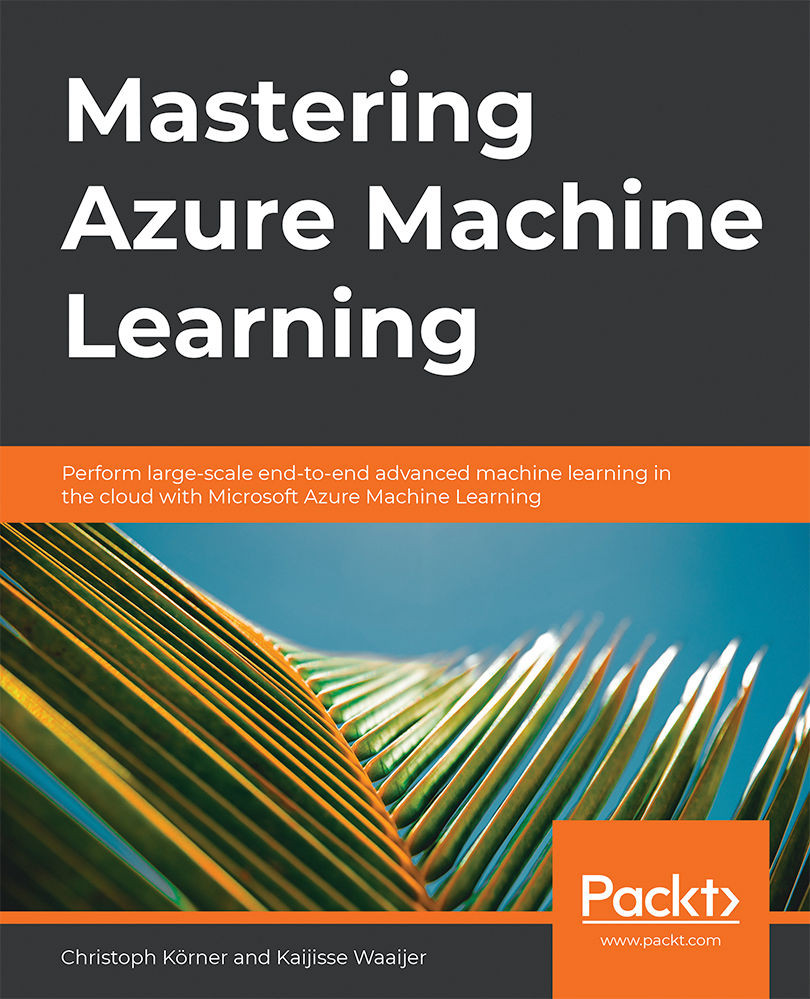In the previous chapters, we learned about many standard transformation and preprocessing approaches within the Azure Machine Learning (ML) service and Azure Machine Learning pipelines. In this chapter, we want to go one step further to extract features from textual and categorical data—a problem that users often face when training ML models.
This chapter will describe the foundations of feature extraction with Natural Language Processing (NLP). This will help you to practically implement semantic embeddings using NLP for your ML pipelines.
First, we will take a look at the differences between textual, categorical, nominal, and ordinal data. This classification will help you to decide the best feature extraction and transformation technique per feature type. Later, we will look at the most common transformations for categorical values, namely label encoding and one-hot encoding. Both techniques will be compared and tested to...



 Free Chapter
Free Chapter
